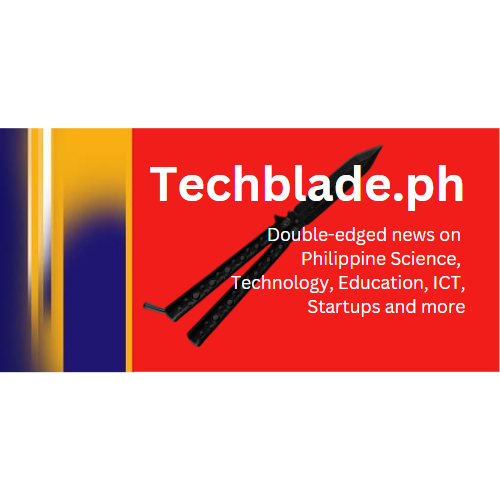Smartphones
and fitness bracelets have been familiar with for a few years now. Part of the "Digital Wellness” revolution that includes computers that monitor your pulse,
temperature and other health indicators are part of gadgets that gains sophistication
that are so varied and has coverage of almost every aspect of human health needs.
Now comes
the smart pacifier and smart rollator.
Finnish
startup Ouraring specializes in physical training. It keeps track of indicators
like physical activities and even sleeping patterns. With the ageing of the
Baby Boomers, healthcare services need to have to keep up with the demand for
such services and at an increasing need for efficiency, records keeping and
monitoring the aging population by just wearing a ring made by the startup.
Lasse
Leppakorpi, the founder and CEO of Beddit, a startup specializing in
sleep-monitoring equipment, says new gadgets will increasingly change the role
of doctors to becoming “consultants and experts” for people concerned about
their well-being.
The trend
towards monitoring, health records keeping and early diagnosis have created a
demand for such gadgets and applications. “The focus of health care will shift
from treating illnesses more toward responsibility of caring for one’s health,”
he said at the Slush fair, featuring a record 1,700 startups.
A digital
maternity package was launched by the Technical Research Center of Finland.
These included pacifiers that monitors the sleep of babies, well-being and
physical development and at the other end of the human life-cycle, the elderly
have the smart rollators fitted with sensors and software that analyzes their
daily activities and physical condition..
Jyrki
Kasvi, a Green Party lawmaker, sees benefits to both governments and companies.
“This is
an extremely important field, both for the technology side and for health
services. In the future, there’s no way we’ll be able to afford having people
running from lab to lab to be tested and measured if we can monitor them with
gadgets.”
Finland
which has been affected by four years of recession, the startup sector plays an
important part in trying to fill a hole in its economy because of the gap left
by the sale of Nokia, the world’s former top cellular phone manufacturer.
The
Finnish Funding Agency, which helps companies with perceived potential to
develop and compete abroad, considers health and well-being a key sector.
“This may
not replace Nokia but it certainly complements Nokia’s achievement,” said Mirja
Kaarlela, the agency’s director of health and well-being. “Nearly everyone
involved in the digital health sector uses the knowhow created by Nokia in
health and fitness wearables.”
The Slush
event, which began with a few hundred participants in 2008, has grown steadily.
This year, investors are coming from as far away as Australia to look for
opportunities.
Nicholas
Young from Otsana Capital, based in Perth, Australia, said the “mood is very
energetic and positive,” but declined to name any potential investment targets.
“There’s
been an increase in the number of tech health care transactions that have come
into the Australian market,” he said. “That’s a massive sector and a huge
valuation that can be attributed to something that’s quite simple but can save
governments and health organizations around the world lots and lots of money …
and keep us living for longer.”
The maker
of the smart ring, Ouraring, believes it has an advantage over companies
providing only sleep-monitoring equipment, such as smart beds equipped with
sensor straps under bed sheets.
“Our
rings monitor when you’re asleep, when you’re awake, if you’re sitting, when
you’re on the move,” said Kari Kivela, head of design at the Finnish company
based in the city of Oulu, a former Nokia hub.
Ouraring’s
ceramic finger monitor registers activity during physical exercise, helping
users plan training and recovery by linking the digital data to a cellphone
app.
The app
analyzes the quality of rest and recovery by measuring the data from heart and
respiration rates, body temperature, and body movement. During waking hours it
monitors the duration and intensity of activity and time spent sitting.
On
Thursday, the company announced it had secured $2.3 million in funding, mainly
from U.S investors, on top of $650,000 raised in an international Kickstarter
campaign in September with more than 2,000 backers.
The ring
comes in several sizes but only two colors — black and white — and looks like a
plastic signet ring.
Made of a
scratch-resistant ceramic compound, it slides easily onto the finger, and seems
unobtrusive and light to wear. But it doesn’t come cheap, with a price tag of
299 euros, increasing to 329 euros after the funding campaign ends.
Many
smart watches and bracelets measure similar activities, but Kivela says that
rings are more reliable because they fit firmer onto fingers than bracelets,
which tend to be disturbed by wrist movements.
“Savvy
consumers would rather wear their nice Swiss watches than plastic monitoring
bracelet,” Kivela says. “The ring does the monitoring instead.”









0 Comments